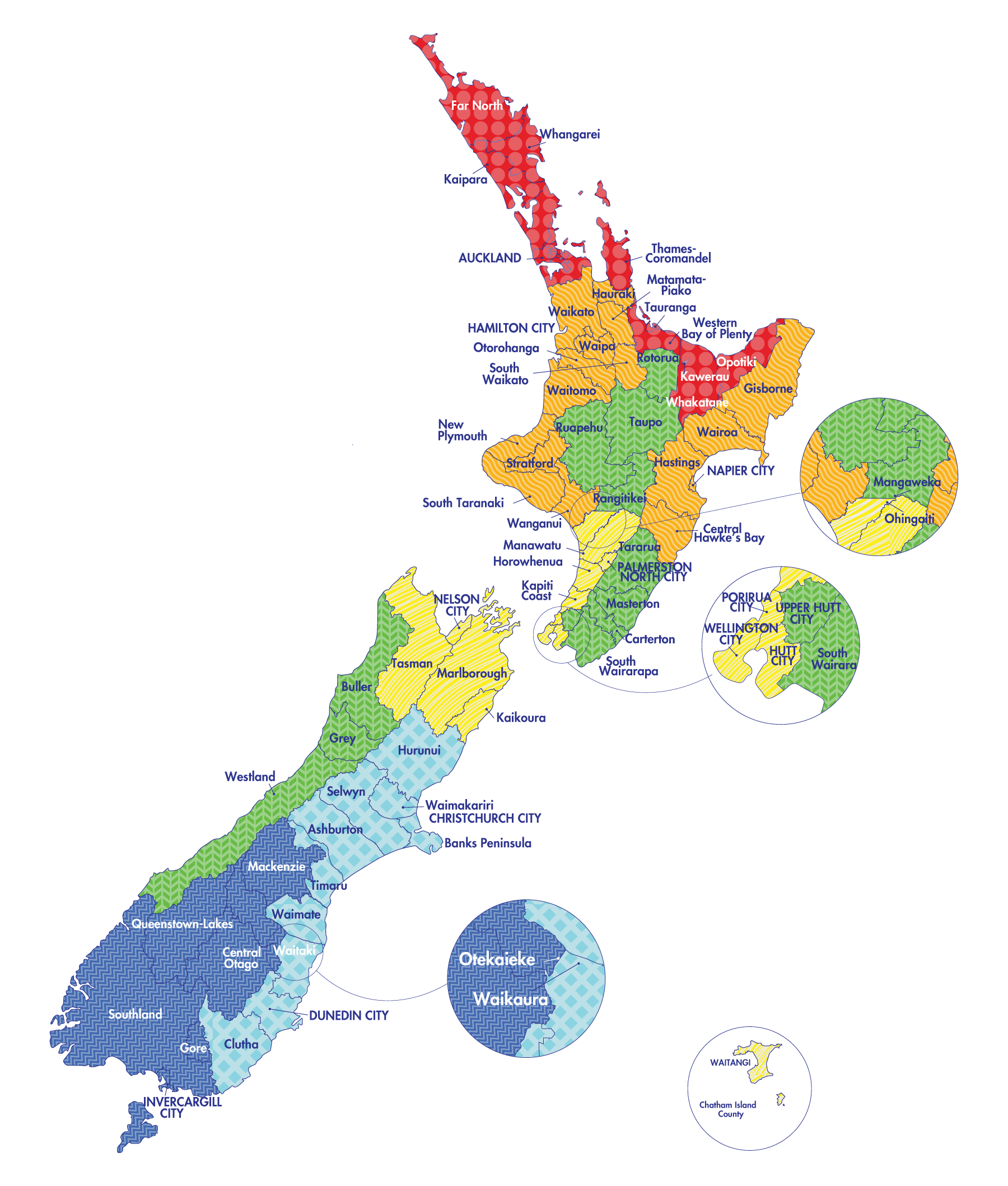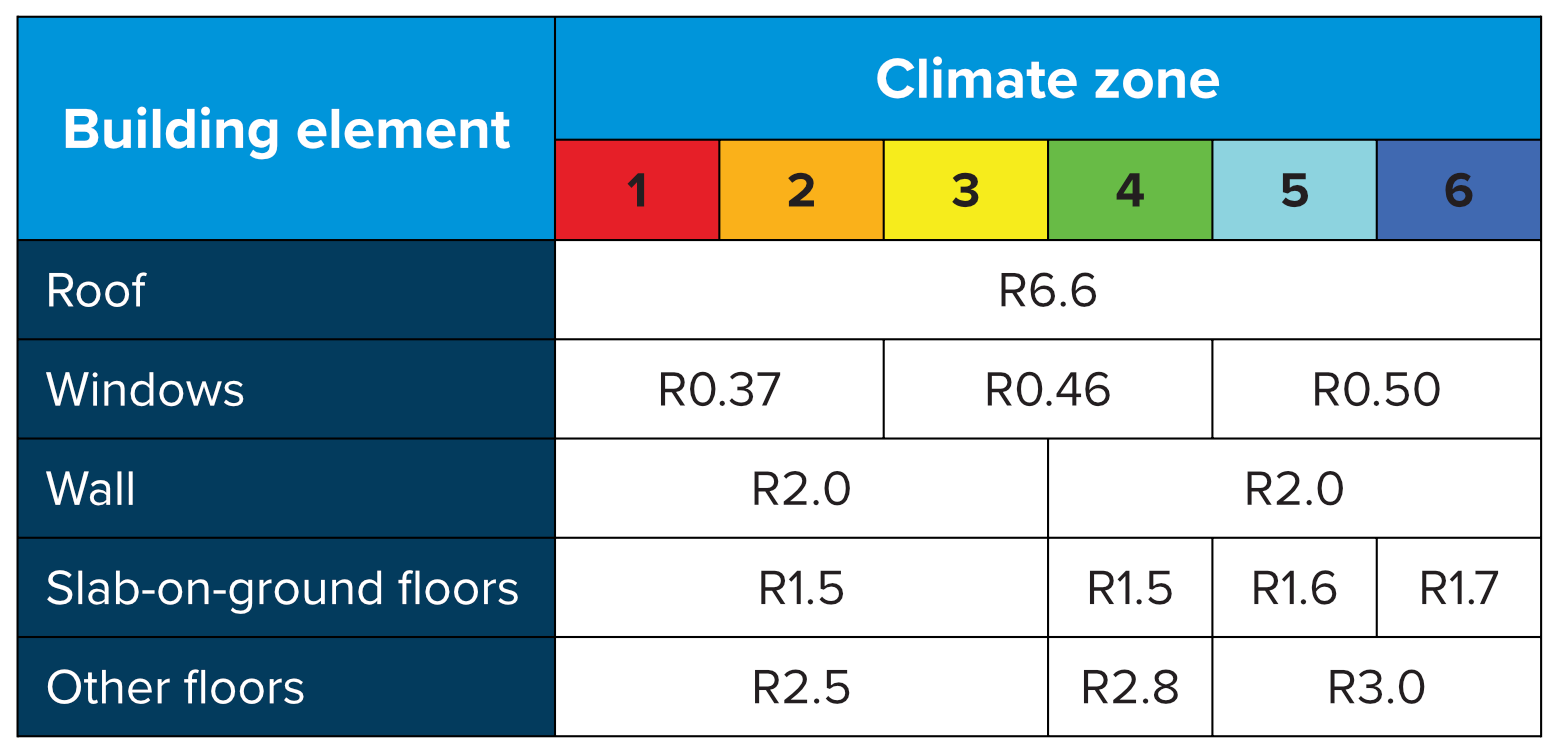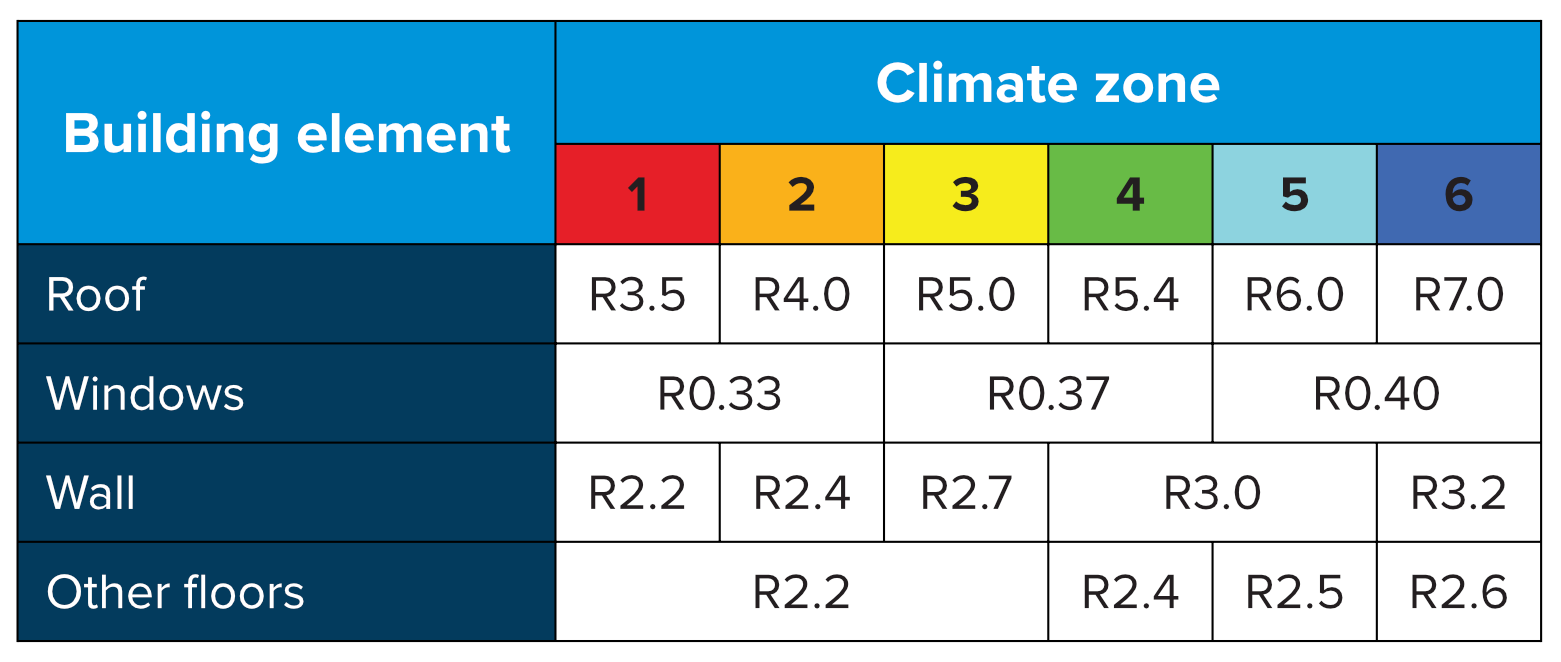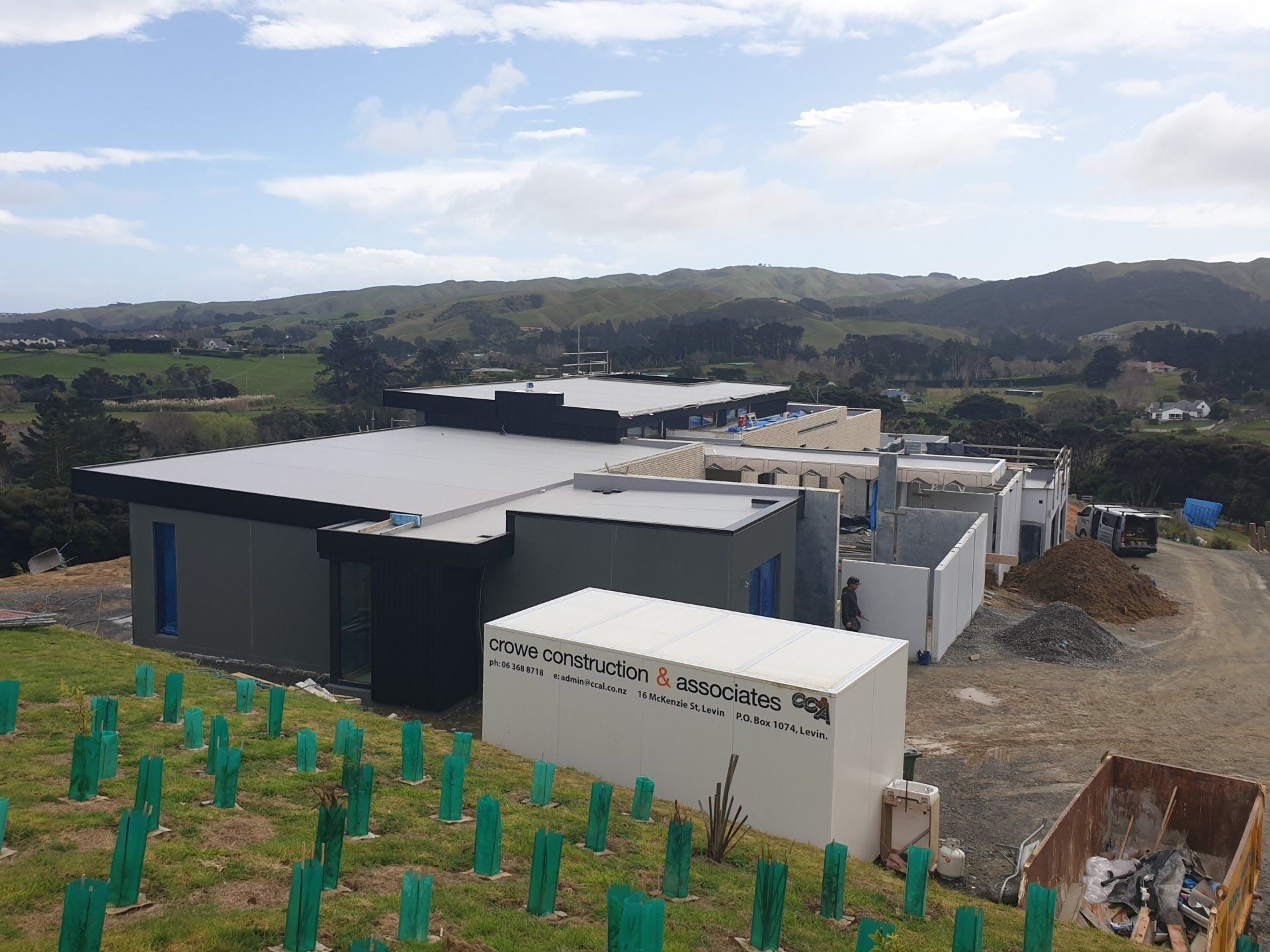

Three different methods of H1 compliance
- The Schedule Method – meet the minimum R-values for building envelope components – roof, windows, external walls and floor.
- The Calculation Method – Meet the whole building Heat Loss parameter by calculating overall heat loss from all building envelope elements and allows trading off between elements so you can use higher R-values for some elements than the table shown and lower R-values for others.
- The Modelling Method – a calculation of the energy demand for the whole building using whole building calculation software.
Three different methods of H1 compliance
Thermal resistance is rated by R-value. The higher the R-Value the better thermal resistance the product will provide, which means greater household energy savings and cost savings.
Energy efficiency for all housing and small buildings (under 300m2)
There are changes to roof, window, wall and underfloor insulation requirements within the new edition of H1/AS1 and H1/VM1 for housing and small buildings. The new R-values aim to reduce the energy needed for heating residential homes by approximately 40% over previous requirements.
The new minimum thermal resistance values as noted in the schedule method, is summarised in the table.


Energy efficiency for large buildings (over 300m2) excluding industrial
There are changes to roof, window, wall and underfloor insulation requirements and also the creation of new documents for large buildings - H1/AS2 and H1/VM2.The changes will reduce the energy needed for heating and cooling of large buildings by 23% on average compared to previous requirements.
The new minimum thermal resistance values as noted in H1/AS2 and H1/VM2 are summarised in the table.
Improvements for large non-residential buildings
The changes will result in a significant improvement on the energy efficiency of large buildings. Dependent on climate zone, the changes will improve the energy efficiency of various types of buildings as shown in table.
At a high level the changes will result in an average 23% reduction in energy use by large buildings.

When are the changes happening?
The implementation of AS2/VM2 and VM3 — changes to roof, window, wall and underfloor insulation for large buildings over 300m2 became mandatory on 3rd November 2022.
MBIE have issued a further extension for AS1/VM1 (for houses and residential buildings under 300 m2) until 1st May 2023.
The previous Acceptable Solution H1/AS1 Fourth Edition Amendment 4, can be used to show compliance until 1st May 2023 and can be used for building consent applications submitted before 30th April 2023.
*Information gathered through the
MBIE website and correct at the time of uploading this information to the Sealco website.



